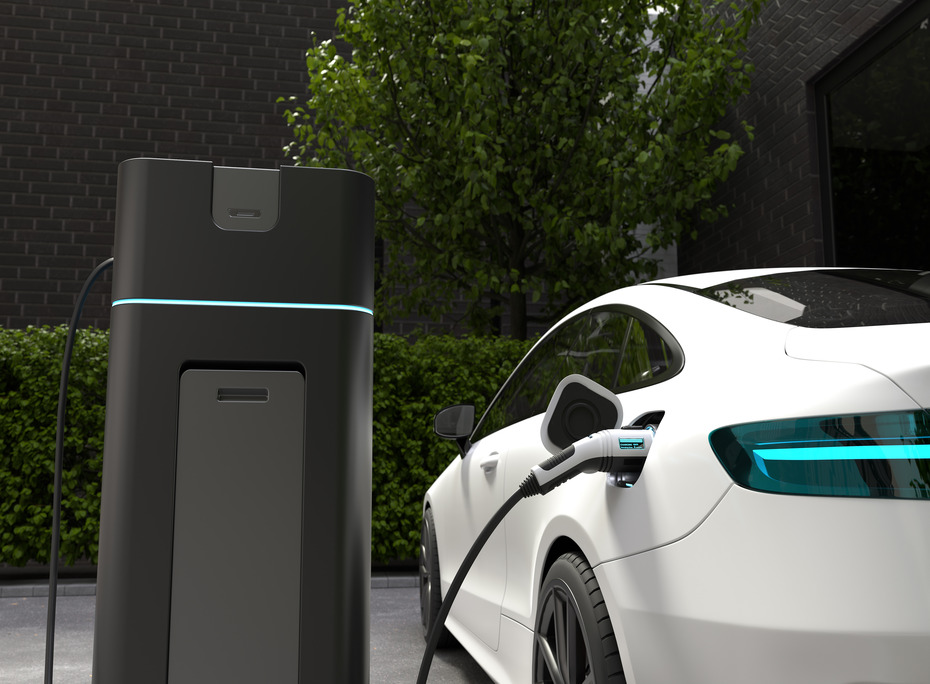As electric vehicles (EVs) become increasingly popular, the cost to charge a Tesla has become a common topic of interest for potential buyers and current owners. In this blog post, we’ll explore the factors that contribute to the cost of charging a Tesla and provide insights into making informed decisions about your charging habits.
I. Understanding Charging Methods:
Home Charging:
- Breakdown of costs associated with installing a home charging station.
- Analysis of electricity rates and their impact on charging expenses.
- Tips for optimizing home charging efficiency and cost-effectiveness.
Public Charging Stations:
- Exploration of various public charging networks and their pricing structures.
- Consideration of subscription plans and pay-as-you-go options.
- Discussion on the convenience versus cost trade-off when using public charging stations.
II. Electricity Rates and Time-of-Use:
Variable Rates and Tariffs:
- Explanation of how electricity rates can vary based on location and utility provider.
- Discussion on the impact of time-of-use (TOU) pricing on charging costs.
- Tips for scheduling charging during off-peak hours to minimize expenses.
Understanding Kilowatt-Hour (kWh) Pricing:
- Breakdown of charging costs in terms of kWh consumption.
- Comparison of charging costs at home versus public charging stations.
- Consideration of renewable energy options and their potential influence on pricing.
III. Calculating Charging Costs:
Math Behind the Numbers:
- Step-by-step guide on calculating the cost to charge a Tesla based on electricity rates.
- Comparison with traditional fuel cost to charge a Tesla for internal combustion engine vehicles.
- Illustration of potential savings and long-term cost benefits of electric vehicles.
IV. Factors Influencing Charging Costs:
Vehicle Model and Battery Size:
- Discussion on how different Tesla models and battery sizes affect charging expenses.
- Insight into the efficiency of newer models and advancements in battery technology.
Charging Speed and Efficiency:
- Analysis of how faster charging options may impact costs.
- Consideration of Tesla’s Supercharger network and associated pricing.
V. Government Incentives and Rebates:
Federal and State Incentives:
- Overview of available federal tax credits for electric vehicle purchases.
- Exploration of state-specific incentives, rebates, and perks related to EV ownership.
- Guidance on leveraging government support to offset initial costs and incentivize eco-friendly choices.
VI. Maintenance and Operational Savings:
Comparative Maintenance Costs:
- Examination of how EVs, including Tesla, generally have lower maintenance costs than traditional vehicles.
- Analysis of potential long-term savings associated with reduced maintenance needs.
Operational Efficiency:
- Discussion on the operational efficiency of electric vehicles and the impact on overall ownership costs.
- Consideration of factors such as fewer moving parts, regenerative braking, and longer lifespan.
VII. Future Trends and Innovations:
Technological Advancements:
- Exploration of ongoing advancements in battery technology and their potential impact on cost to charge a Tesla.
- Discussion on Tesla’s commitment to innovation and the likelihood of improvements in efficiency.
Infrastructure Development:
- Insight into the expansion of charging infrastructure and its role in influencing charging costs.
- Overview of emerging technologies and trends that could shape the future of EV charging.
VIII. Smart Charging Solutions:
Smart Home Charging:
- Exploration of smart charging solutions and devices that optimize charging efficiency.
- Overview of features like scheduling, energy monitoring, and load management to minimize costs.
Mobile Apps and Connectivity:
- Discussion on Tesla’s mobile app features for monitoring and controlling charging remotely.
- Insight into how real-time data can be used to make informed decisions for cost-effective charging.
IX. Community and Collaborative Charging:
Community Charging Programs:
- Introduction to collaborative charging initiatives within residential communities or workplace settings.
- Discussion on the potential cost benefits and shared infrastructure contributing to lower overall expenses.
Peer-to-Peer Charging Networks:
- Exploration of emerging peer-to-peer charging platforms that allow EV owners to share their private charging stations.
- Consideration of potential cost-sharing models and their impact on charging affordability.
X. Consumer Tips for Cost-Efficient Charging:
Energy-Efficient Driving Habits:
- Guidance on adopting energy-efficient driving practices to maximize electric range and minimize charging frequency.
- Tips for utilizing regenerative braking and planning routes to optimize charging stops.
Utilizing Off-Peak Rates:
- Practical advice on taking advantage of off-peak electricity rates to reduce charging costs.
- Tips for scheduling longer charging sessions during periods of lower demand.
XI. Environmental Considerations:
Carbon Footprint and Sustainability:
- Examination of the environmental benefits of electric vehicles and their impact on the overall sustainability narrative.
- Consideration of how choosing renewable energy sources for charging can align with eco-conscious values.
Conclusion:
As electric vehicle infrastructure continues to evolve, the cost to charge a Tesla is not just a financial consideration but also a dynamic interplay of technological innovations, community collaborations, and environmental consciousness. By embracing smart charging solutions, participating in collaborative networks, and adopting consumer-centric strategies, Tesla owners can not only optimize charging costs but also contribute to the broader vision of a sustainable and interconnected electric vehicle ecosystem

